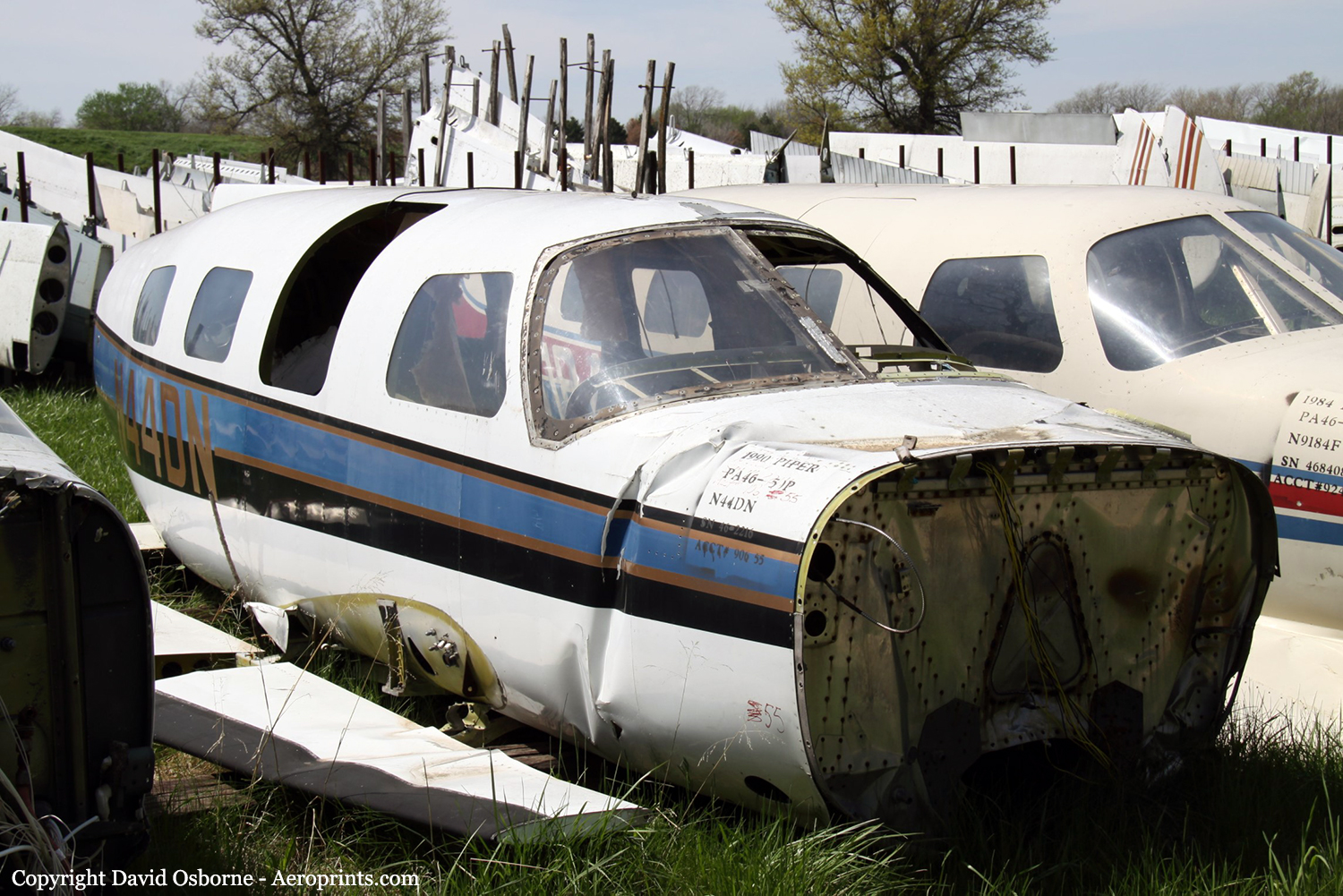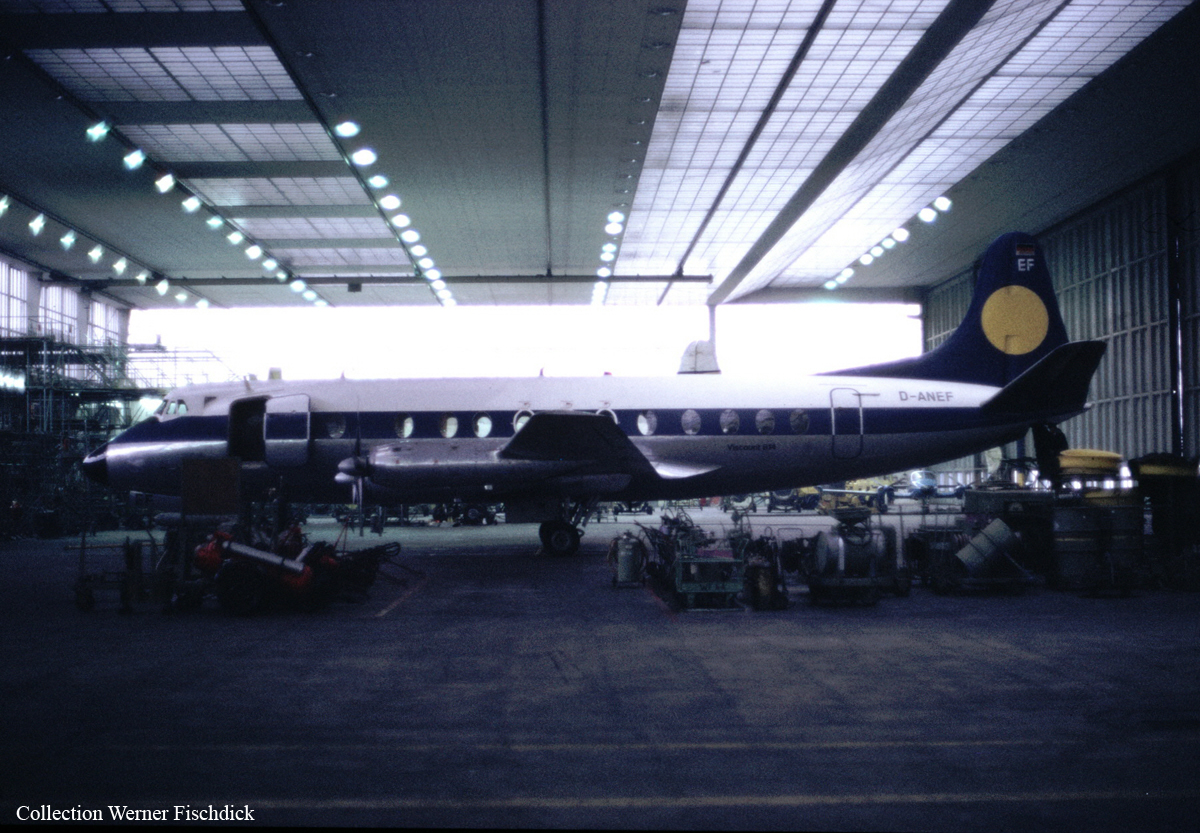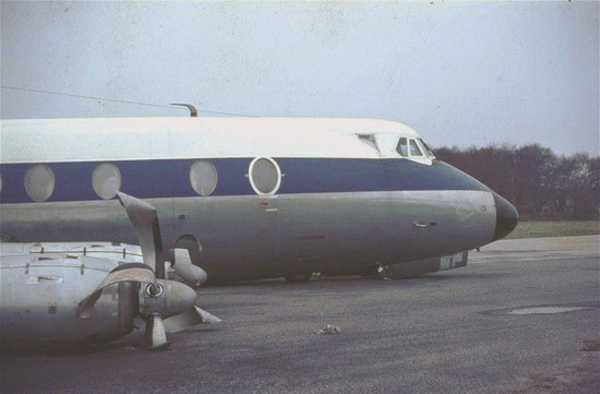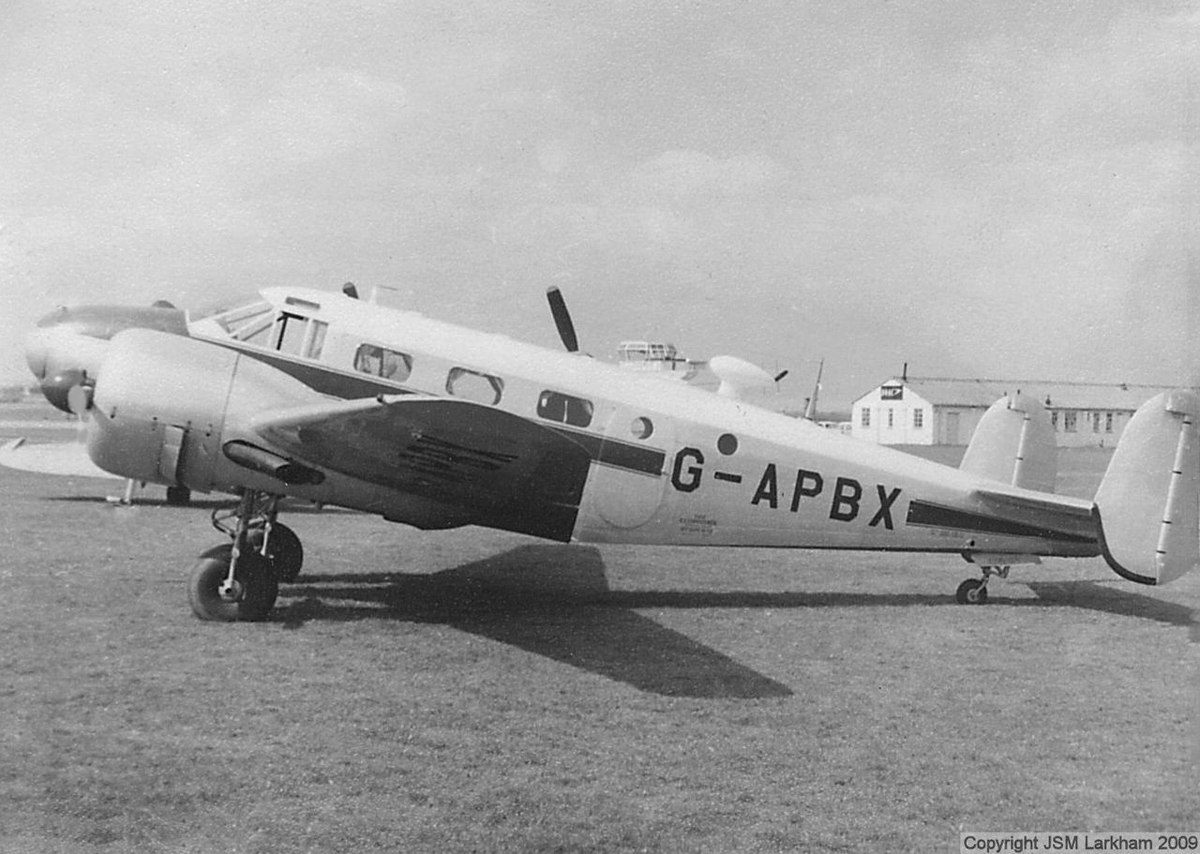Country
code
Dorset
Crash of a Piper PA-46-350P Malibu Mirage in Lytchett Matravers
Date & Time:
Jul 7, 2000 at 1555 LT
Registration:
N44DN
Survivors:
Yes
Schedule:
Bournemouth - Bournemouth
MSN:
46-22116
YOM:
1990
Crew on board:
1
Crew fatalities:
Pax on board:
2
Pax fatalities:
Other fatalities:
Total fatalities:
0
Captain / Total hours on type:
14.00
Circumstances:
The aircraft was undergoing a shakedown flight after having completed a 100 hr maintenance inspection and other engineering work at Bournemouth Airport. The pilot was not the owner of the aircraft, but had been requested to carry out the shakedown flight. There was no technical log available prior to the flight which could have indicated the quantity of fuel remaining on board, or when the aircraft was previously refuelled and the subsequent flight times. The pilot recalled that the fuel tank gauges showed the aircraft had 22 gall US in the left wing and 40 gall US in the right wing, a total fuel contents of 62 gall US. The Aircraft Flight Manual indicates that the maximum allowable lateral fuel imbalance is 10 gall US. The aircraft started up at 1448 hrs and taxied for departure from Runway 26. The right tank was selected for take off and the first part of the flight. The aircraft climbed to FL180 and the required engine checks were carried out satisfactorily. As the aircraft was being turned around in order to return to Bournemouth, the pilot recalled that the right fuel quantity indicator steadily dropped to zero. This caused him little concern at the time as the left fuel tank had only been selected for part of the taxi out. The aircraft was also fitted with a digital 'fuel endurance remaining' indicator, which apparently indicated 'one hour' fuel endurance. Descent was commenced and the aircraft was transferred to Bournemouth Approach control in order to position it on radar for an ILS approach to Runway 08. At this time, the pilot recalled that the fuel flow and rpm indicators began to fluctuate, so he selected the left fuel tank to feed to the engine. The aircraft was given radar vectoring and the pilot requested a turn to avoid a cloud build up before becoming established on the ILS. The radar controller indicated that the aircraft had become established on the localiser at a range of 25 nm, in the descent to 3,000 feet amsl. At about ten miles from touchdown the engine fuel flow and RPM again fluctuated. The pilot reselected the right fuel tank but the engine did not recover. Reselecting the left tank restored power briefly but then the engine failed again. The pilot turned the aircraft to the left off the ILS and attempted to identify suitable sites for a forced landing. An open field with an uphill gradient was selected, the landing gear and full flap were selected. However, the aircraft touched down further into the field than the pilot would have wished. The touchdown was smooth but the pilot could not stop the aircraft before it ran into the far boundary hedge. The left wing was severely damaged during the impact sequence. There was no fire and the three occupants vacated the aircraft by the normal means, having sustained only minor injuries.
Probable cause:
The history of the aircraft's movements was traced from ATC records at the various airfields visited. It was established that the aircraft (piloted by its owner) had operated a flight from Rome-Ciampino to Southend, landing at Southend at 2016 hrs on 21 June 2000. The aircraft was then refuelled to full tanks with 326 litres of Avgas 100LL on 23 June, prior to departure at 1425 hrs for Bournemouth, where it arrived at 1521 hrs. The aircraft then operated four sectors on two round trips between Bournemouth and Exeter Airports between 23 June and 25 June. These totalled 1 hour 47 minutes airborne flight time. The aircraft then underwent its maintenance programme and did not fly again until the accident flight. The digital fuel quantity/endurance indication relied on being reset at the time of a refuelling and subsequently used engine fuel flow to continuously recalculate remaining endurance. The aircraft's owner indicated that the instrument had been reset at the time of the previous refuelling, but was not intended to accurately monitor fuel flow during prolonged ground operations. The aircraft's total fuel tank capacity was 455 litres/120 gall US. From the aircraft's performance information, the cruise fuel flow at normal cruise power was around 69 litres per hour (18 gall US per hour) at 20,000 feet cruise altitude. From the movement history, it is known that the aircraft had been airborne for a total of 2.72 hours, at somewhat less than optimum cruise altitudes. At least 188 litres of fuel would therefore have been consumed from the 455 litres on board at the time of departure from Southend on 23 June, leaving a total of 267 litres (70 gall US) of that fuel on board. Additional fuel consumption would also have occurred during taxying before and after each flight sector (10 occasions in all) and it is known that an engine run of at least 30 minutes duration also took place during the maintenance period. It is therefore likely that all of the taxi and ground running operations would have totalled more than 1.5 hours duration. The owner estimated that some 96 gall US of fuel was consumed during the five sectors flown after the previous refuelling to full tanks (120 gall US) at Southend. Thus, it is likely that the aircraft had considerably less than the pilot's recollection of 62 gall US on board at the time of departure on the accident flight.
Final Report:

Crash of a Handley Page HPR-7 Dart Herald 214 in Bournemouth
Date & Time:
Apr 8, 1997
Registration:
G-ASVO
Survivors:
Yes
MSN:
185
YOM:
1964
Crew on board:
2
Crew fatalities:
Pax on board:
0
Pax fatalities:
Other fatalities:
Total fatalities:
0
Circumstances:
While taxiing at Bournemouth-Hurn Airport, the aircraft collided with a foodlight and suffered extensive damages on the left wing. Both pilots escaped uninjured and the aircraft was damaged beyond repair.

Crash of a Handley Page HP.137 Jetstream T.2 off Portland: 2 killed
Date & Time:
May 8, 1989
Registration:
XX489
Survivors:
No
MSN:
279
YOM:
1975
Crew on board:
2
Crew fatalities:
Pax on board:
0
Pax fatalities:
Other fatalities:
Total fatalities:
2
Circumstances:
The crew was taking part to the 'Sea Cadet Open Day' in Portland and was completing a low pass when control was lost. The aircraft crashed in the sea few hundred yards offshore. Both pilots were killed.
Probable cause:
It is believed that the pilot had omitted to re-advance the pitch control levers.

Crash of a Cessna 414A Chancellor II in Bournemouth
Date & Time:
May 15, 1984 at 1427 LT
Registration:
G-OFRL
Survivors:
Yes
Schedule:
Bournemouth - Bournemouth
MSN:
414A-0220
YOM:
1979
Crew on board:
2
Crew fatalities:
Pax on board:
1
Pax fatalities:
Other fatalities:
Total fatalities:
0
Captain / Total hours on type:
1600.00
Circumstances:
After the second overshoot, the aircraft entered the circuit, and was cleared for a touch-and-go landing on Runway 17. The final approach was described as 'steep' and was flown with full (45°) flap. After a short ground run, the pilot under training opened the throttles, and. at about 80 knots, rotated the aircraft with the flaps still at the full (45 degree) setting. Shortly after becoming airborne, there was a loss of power, accompanied by vibration or buffeting; the aircraft yawed and rolled to the right, and the airspeed started to decay. The pilot under training then retracted the flaps to 30°, and, at this point, the instructor took control, closed the throttles, and landed the aircraft on the grass on a heading of about 200° magnetic. The aircraft than ran across the south western taxiway, through the airfield perimeter fence, across a public road, at which point the undercarriage collapsed, before finally coming to rest in an adjacent field. Both fuel tanks were ruptured by the impact with the fence posts, but there was no fire. The crew, who were uninjured, shut off the fuel cocks, switched off the electrics, and vacated the aircraft through the main entry door. The emergency services responded to this incident very quickly, and had arrived at the crash scene by the time the crew vacated the aircraft.
Probable cause:
A safe climb out could not be achieved following the complete loss of power from one engine just when the aircraft became airborne at a speed of about 80 knots with full flap extended. The commander was therefore left with no alternative but to land whilst it was still possible to control the aircraft.
Final Report:

Crash of a Vickers 814 Viscount in Bournemouth
Date & Time:
Jan 28, 1972
Registration:
D-ANEF
Survivors:
Yes
MSN:
343
YOM:
1959
Crew on board:
2
Crew fatalities:
Pax on board:
0
Pax fatalities:
Other fatalities:
Total fatalities:
0
Circumstances:
The crew was completing a delivery flight from Germany to Bournemouth. On approach to runway 08 at Bournemouth-Hurn Airport, the four engine airplane developed a high sink rate. The captain selected full power but the aircraft continued to descent. So he cut the power when the undercarriage struck the ground just short of runway. Upon impact, the undercarriage were torn off and the airplane slid for 1,100 feet before coming to rest in flames on the runway. Both pilots were evacuated safely while the aircraft was damaged beyond repair.



Crash of a Beechcraft C18 Expeditor in Bournemouth
Date & Time:
Aug 5, 1959
Registration:
G-APBX
Survivors:
Yes
MSN:
A-0269
YOM:
1946
Crew on board:
0
Crew fatalities:
Pax on board:
0
Pax fatalities:
Other fatalities:
Total fatalities:
0
Circumstances:
Crashed in unknown circumstances. No casualties.






